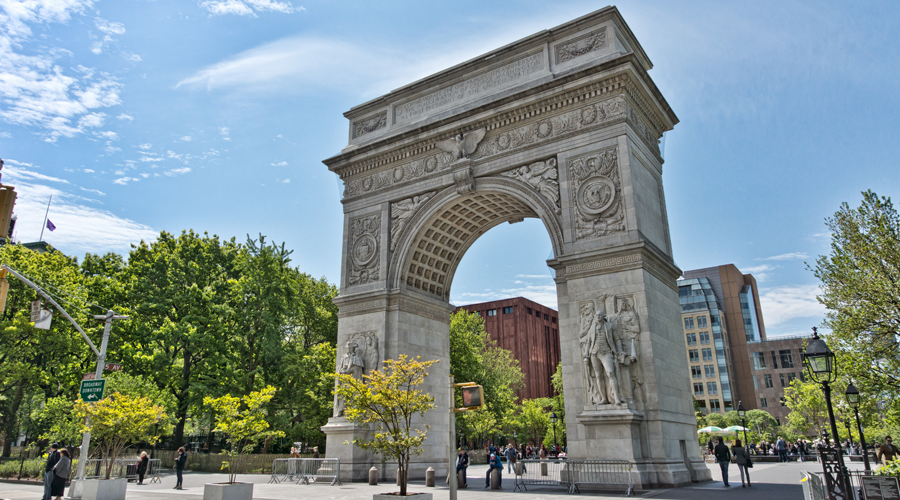Neighborhood Preservation Issues

New York City truly is a city of neighborhoods, each with its own unique characteristics. I am fortunate to represent an Assembly district which includes well-known neighborhoods that are rich in history and charm. I grew up in New York City and have lived in the West Village since 1972. The small, tree-lined sidestreets and low-rise buildings always intrigued me. When I was a child, I visited the small West Village printing shop my father and uncle owned. I gained an early appreciation for Lower Manhattan and what has made these neighborhoods wildly popular for residents and visitors alike.
Supporting Small Businesses
For these reasons, it is often difficult to accept that change in our neighborhoods is inevitable. Some of these changes are positive and reflect the natural cycles of communities; however there is a growing sense that change in rapidly developing areas of Lower Manhattan is eroding the unique character of our neighborhoods, eliminating the very qualities that draw people to them. Increasingly, we see destructive trends that include the accelerating loss of long-time neighborhood shops and restaurants. These local businesses add visual interest to our streetscapes and provide the kind of individually-tailored services that help neighbors connect to one another. Every time an independent pharmacy, neighborhood supermarket or mini-market, cobbler or dry cleaner is replaced by a franchise drug store, chain coffee shop or high-end clothing boutique, a bit of our neighborhood’s character is lost.
Not only do locally owned businesses brighten our community they are also of tremendous benefit to our local economy. A study in 2012 indicated that independent stores recirculate 55.2% of revenues compared to 13.6% for big retailers, and that local restaurants recirculate 67% of revenues, while big chains fall in at 30.4%. This stark difference is not surprising but it illuminates why shopping locally is a way to keep our community unique and has clear economic merits.
I have long sought ways to support local businesses. After the close of St. Vincent’s Hospital, I organized “A Valentine for the Village,” to encourage shoppers to support local businesses hurt by the closure of St. Vincent’s. That is why I was also supportive of Borough President Gale Brewer’s efforts as a councilmember to put limits on the size of storefronts, to encourage landlords to seek out smaller commercial tenants.
Importance of Historic Districts
But equally important to supporting local businesses, is supporting efforts to landmark the parts of our City that have historic value that is worth preserving. I have been especially pleased to be active in the Landmarking of the South Village historic district, which was divided into 3 parts. The first two sections have gained recognition from the Landmarks Preservation Council (LPC), and I continue to push along with local groups like the Historic District Council, and the Greenwich Village Society for Historic Preservation, to ensure that the 3rd part is granted the protection it deserves and desperately needs.
Furthermore, I believe that the LPC’s scope should be further expanded beyond its current purview. Unfortunately, the LPC only has the right to examine the aesthetics of a building in a Historic District and not its use. This can lead to unfortunate situations in which buildings that have long been residential, but perhaps in a concurrent commercial zone, are refurbished as businesses that are inappropriate in the context of the neighborhood. This is especially true of street level residences that become storefronts that alter the sense of place of the entire block. I am proud of my broad support for landmarking because I value the community we live in and will do everything I can to preserve it and keep our City from vanishing before our eyes.

